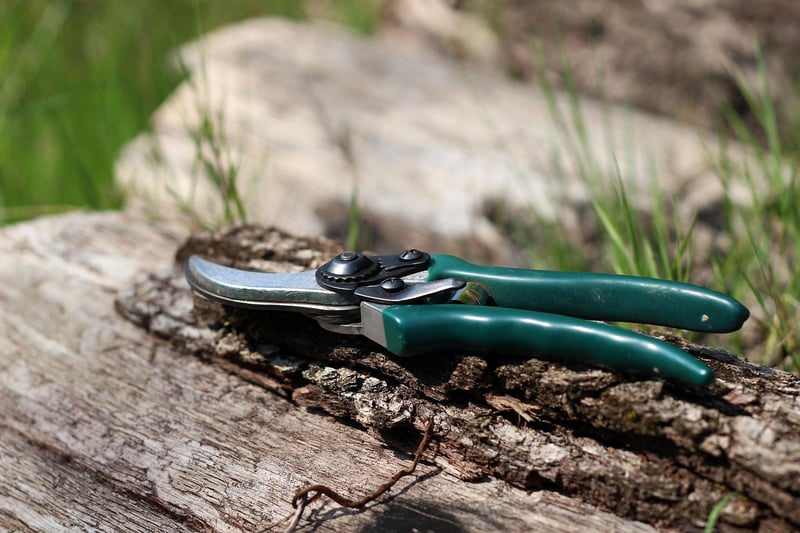Pruning Techniques
Keep Your Garden Thriving with Proper Pruning Techniques
Having a beautiful and healthy garden requires more than just watering and fertilizing. Pruning is a crucial aspect of garden maintenance that helps promote plant growth, improve overall appearance, and prevent diseases. By learning the proper techniques, you can ensure that your garden thrives throughout the year.
The Benefits of Pruning
Pruning offers several benefits for your plants:
- Promotes healthy growth
- Improves air circulation
- Enhances the appearance of plants
- Prevents the spread of diseases
- Controls the size and shape of plants
Essential Pruning Tools
Before you start pruning, make sure you have the right tools:
- Hand Pruners
- Loppers
- Pruning Saw
- Hedge Shears
- Gloves
Basic Pruning Techniques
Here are some basic pruning techniques to keep in mind:
- Remove dead or diseased branches
- Prune after flowering for flowering shrubs
- Follow the natural shape of the plant
- Make clean cuts at a 45-degree angle
- Prune to open up the center of the plant
When to Prune
It's essential to prune at the right time to avoid damaging your plants:
- Spring-flowering shrubs: Prune after flowering
- Summer-flowering shrubs: Prune in late winter or early spring
- Deciduous trees: Prune in late winter
- Evergreen trees and shrubs: Prune in early spring
Proper Disposal of Pruned Material
Dispose of pruned material properly to prevent the spread of diseases:
- Compost healthy plant material
- Dispose of diseased material in the trash
- Avoid leaving pruned material around plants
By following these pruning techniques, you can help your garden thrive and maintain its beauty year-round. Remember to assess each plant's specific needs before pruning and adjust your techniques accordingly.
For more gardening tips and techniques, visit Royal Horticultural Society.

